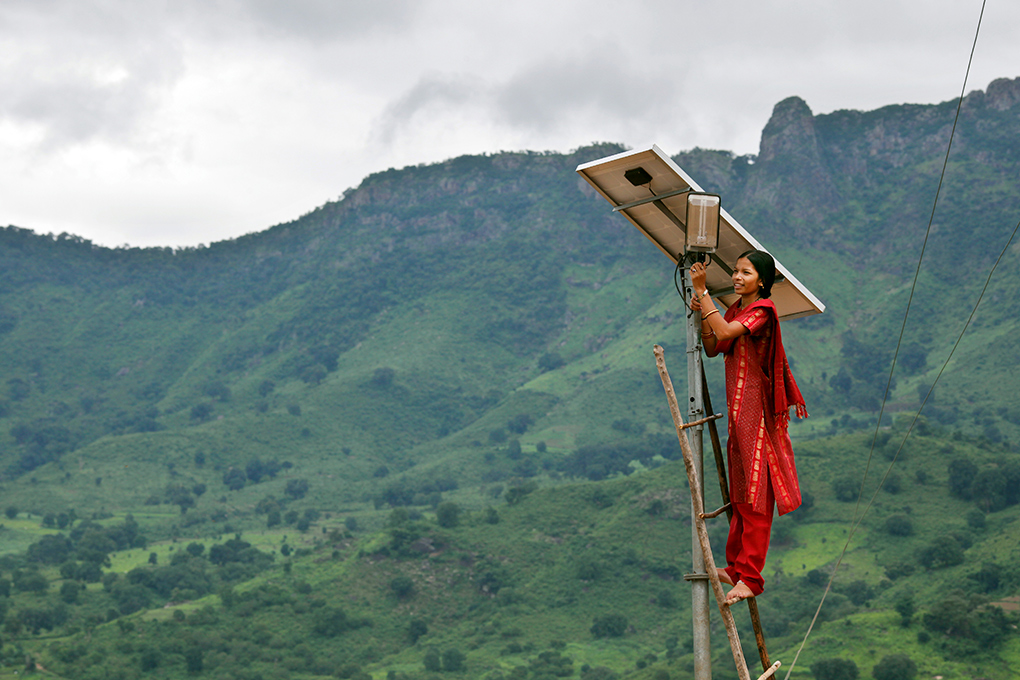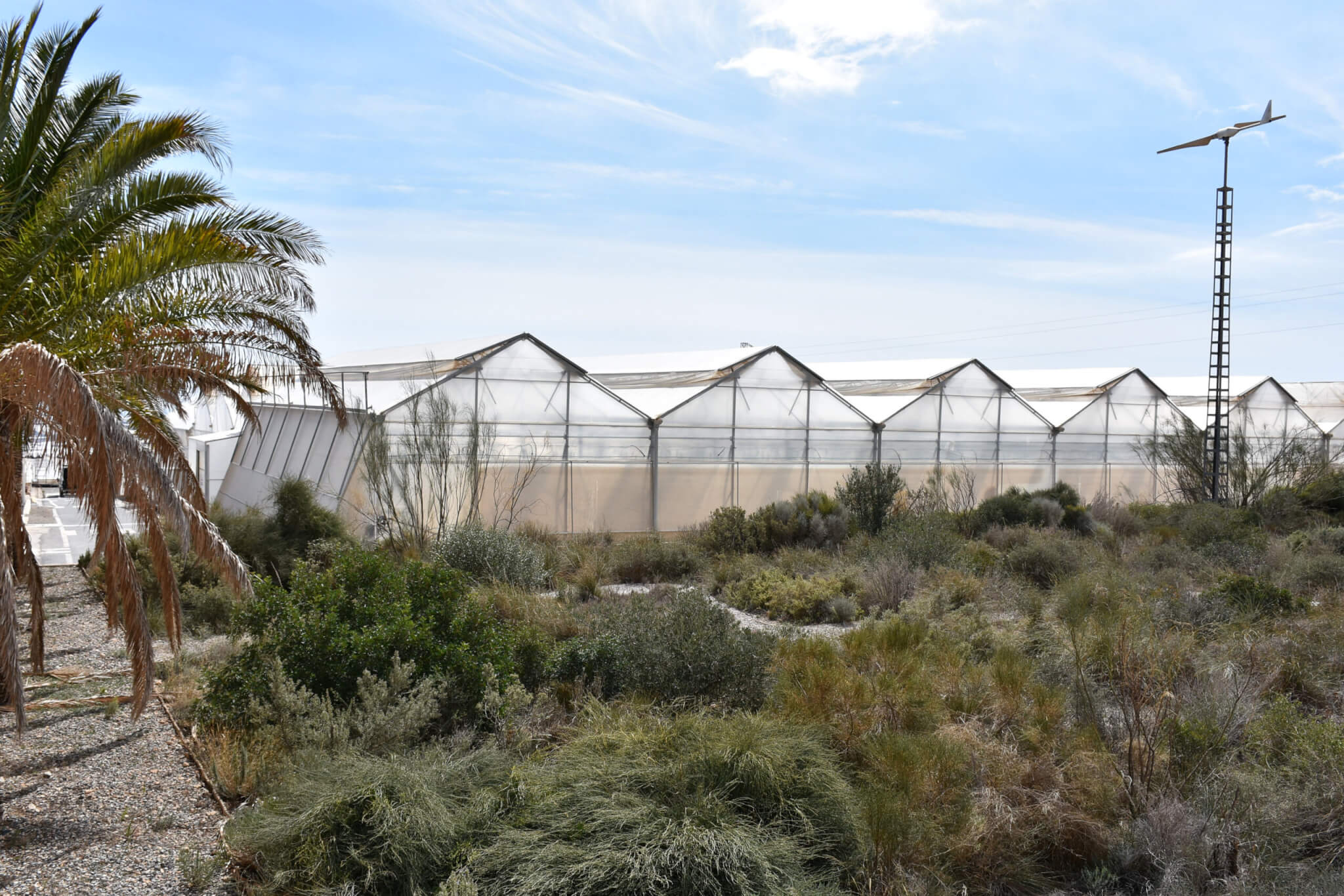Changing the way we visualise the climate crisis is the aim of a powerful photography project.
Climate Visuals, an outreach project of charity Climate Outreach, aims to move away from staged, cliché or gimmicky images to photos of climate action or impact at scale, and with local and emotional context.
“Polar bears, melting ice and arrays of smoke stacks don’t convey the urgent human stories at the heart of the issue,” the Climate Visuals website states.
The online curated photo collection is based on international social research and discussion groups, which produced seven core principles for visual climate change communication:
- Show ‘real people’ not staged photo-ops
- Tell new stories
- Show climate causes at scale
- Climate impacts are emotionally powerful
- Show local (but serious) climate impacts
- Be very careful with protest imagery
- Understand your audience
Shopping by Boat Through Flood Water

Streets in the district of Satkhira, in southern Bangladesh, are flooded after months of heavy rain – people travel by boat to reach the local shop.
Reflecting the tensions found in previous research of climate change impact images, participants in discussion groups frequently focused on the ‘but what can I do?’ question. This reinforces the importance of coupling emotionally intense ‘impacts’ image with practical guidance on ‘actions’ that can be taken in response to this heightened emotional arousal.
Forest Fires and Blaze

A bushfire burns for the second day around the Cessnock town of Aberdare, in Australia. Climate Visuals research suggests that showing a climate impact – in this case a bush fire – from the perspective of identifiable individuals (the firefighters) is more powerful than the impact without the individuals.
Solar Power India

A barefoot solar engineer in the solar powered village of Tinginapu, in the Eastern Ghats of Orissa. This striking image tells a powerful story, is unusual and distinct, but is easy to understand and shows a positive proactive climate solution.
Turtle and Oil Spill

Dr Brian Stacy, a National Ocean Service veterinarian, prepares to clean an oiled Kemp’s Ridley turtle after the BP Gulf of Mexico oil spill. With an identifiable animal in distress, and a single person dealing with the aftermath of an oil spill, research suggests that images like this are more likely to connect with viewers.
POV Cycle Commute

Bike to work day in Toronto, Canada. In Climate Visuals’ discussion groups, people had a preference for authentic and unstaged images of positive climate solutions embedded in every day life.
Engendering the Response to Climate Change

A Kenyan woman and boy struggle with the dusty wind looking for water. This is what climate change looks like in Kenya and other parts of Sub-Saharan Africa.









0 Comments